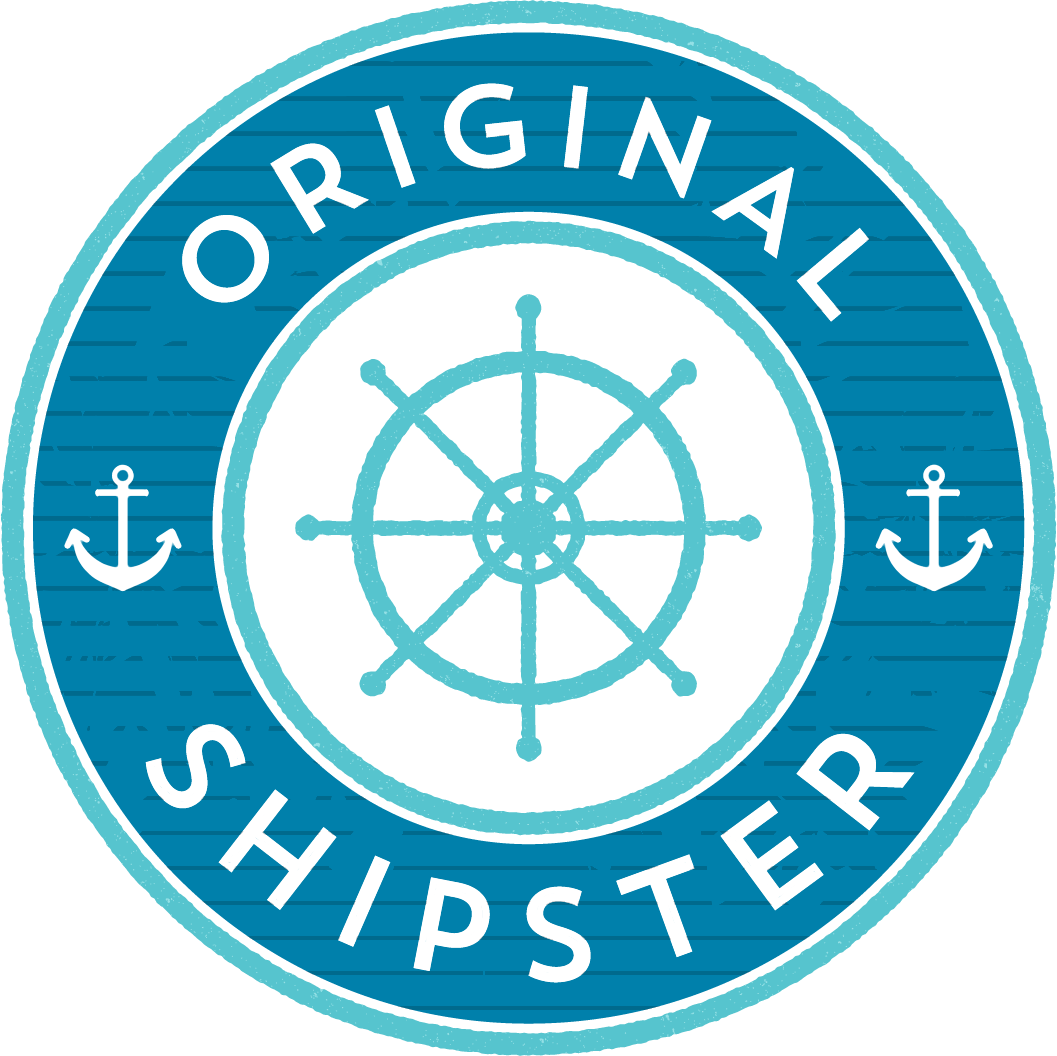Over the Waves: HMCS West York
Happy Tuesday everyone! Sorry for the delay in posting. I was in Montreal this past weekend and upon returning to my hotel last night the best you folks would have gotten was "hfsuifgdskbfsdj zzzzzzzzz". And so, I opted to postpone my Monday entry so I was in a better headspace to tell you all about the HMCS West York.
Nationality: Canadian
Length: 63.4m
Beam: 10.1m
Weight: 1137 tonnes
Year: 1944
Class: Flower-class Corvette
Speed: 16 knots
Complement: 90 crew
Launched in January of 1944, the HMCS West York was a Flower-class vessel, taking her name from Weston, Ontario. This was a conscious move by the Royal Canadian Navy to represent the people who helped build the vessel, naming their ships after communities rather than after types of flowers, like their British counterparts. Although she was only active for the latter part of he the war, she earned the Atlantic 1945 award for service as an escort vessel, providing support on three different trans-Atlantic crossings.
When she was paid off in July 1945, she was decommissioned and sold into mercantile use. Under the new name SS West York, she was towing the decommissioned HMCS Assiniboine until the towline snapped and the HMCS Assiniboine was wrecked just off of a Prince Edward Island. After that, she was sold into commercial service and came under a few different flags and name changes until 1960 when she came back under the Canadian flag as the Federal Express.
Her time under her home flag was to be short lived, however. On the quiet evening of May 5th, 1960, she was moored in Montreal harbour. A Swedish ship, the Polaris, collided with her while she was in her moorings. Her lines broke, and she began to drift, colliding with another vessel. With a large hole in her hull, she floundered and sank to the bottom of the harbour in 30 minutes. The wreck actually halted all traffic in and out of the harbour because she settled in only 42 feet of water. Later that year, her after half was raised and she was scrapped.
There does seem to be some dispute as to what vessels were actually involved in the collision (other than the Express, of course). According to this source, the Polaris was Greek, and she also collided with the Swedish Tolshom. And here it was the Swedish Polaris which made the initial collision, with the Danish Maersk Hulda being the one who received the second blow.
That's all for me today! Have a great week everyone! And if you see any ships that you want more information on, just let me know!
I've got a Twitter account as well! For history bits, harbour shots, or random facts, follow me @OriginalShipstr
